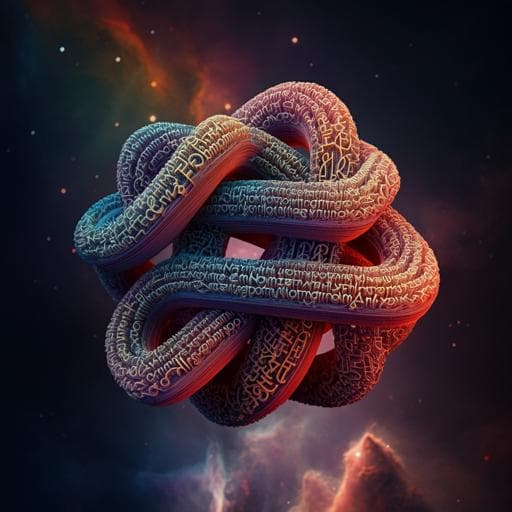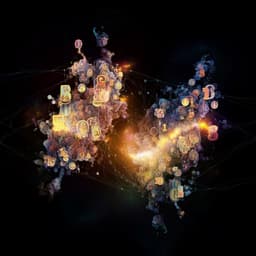
Linguistics and Languages
Natural language modelled and printed in 3D: a multi-disciplinary approach
A. Pillen and E. Matthews
This innovative research by Alex Pillen and Emma-Kate Matthews delves into the 3D modeling of natural language, shedding light on the often-overlooked dimension of evidentiality. By utilizing advanced film and animation software, they transform linguistic samples from diverse languages into 3D printed models, offering a groundbreaking perspective on the complexities of language.
~3 min • Beginner • English
Related Publications
Explore these studies to deepen your understanding of the subject.







